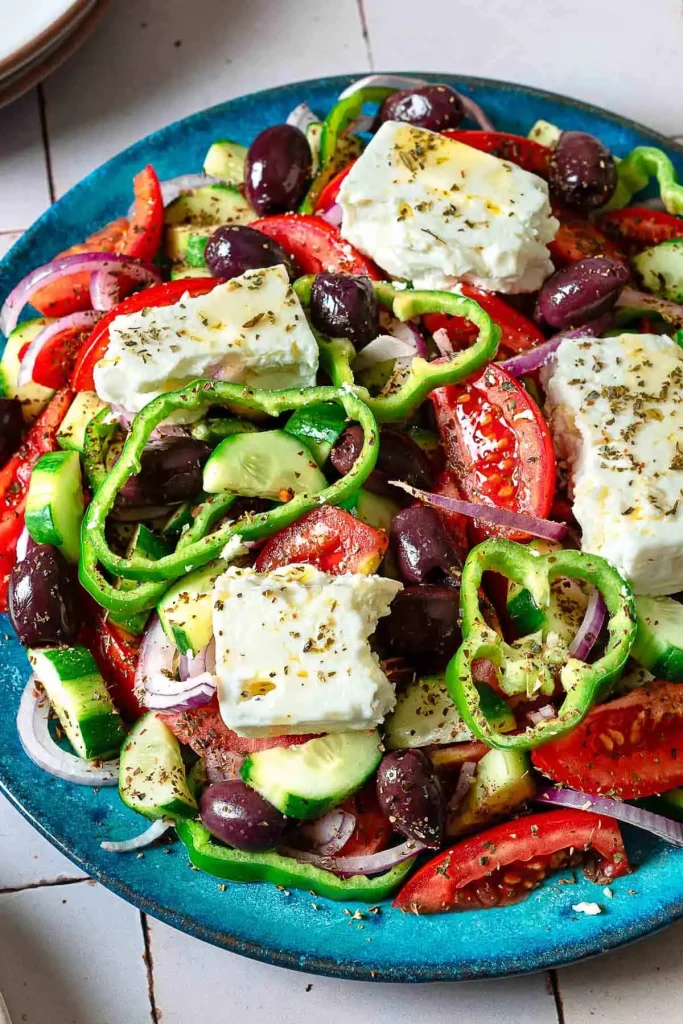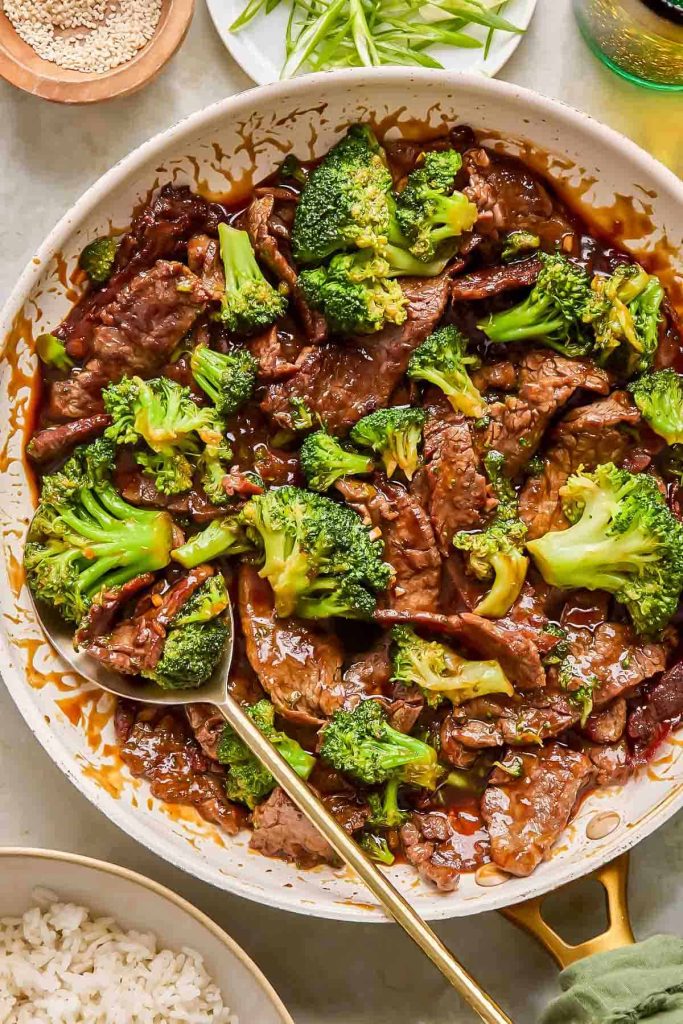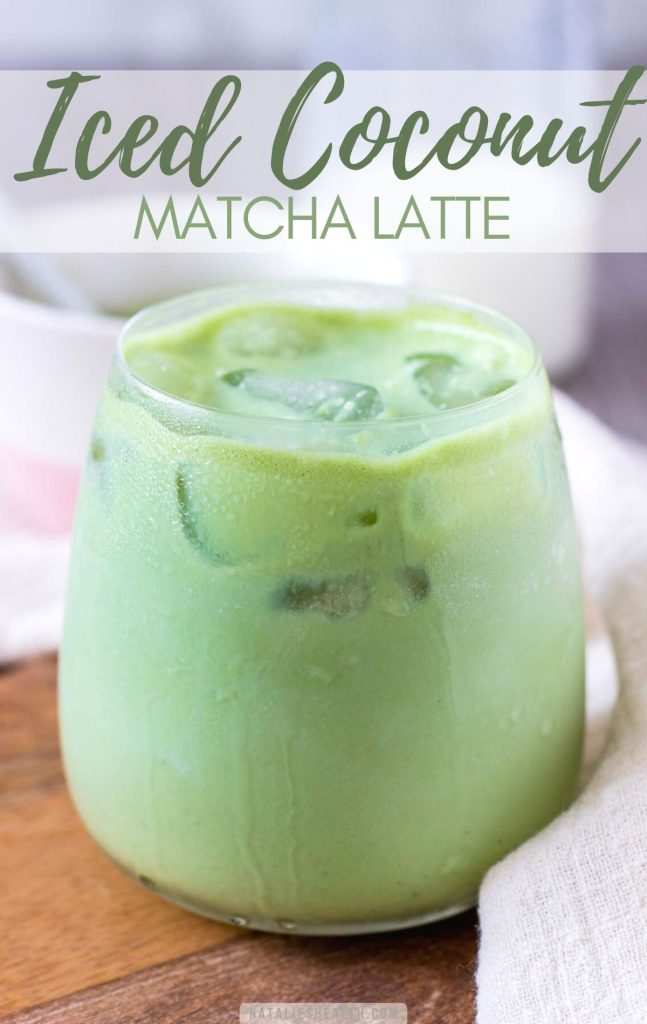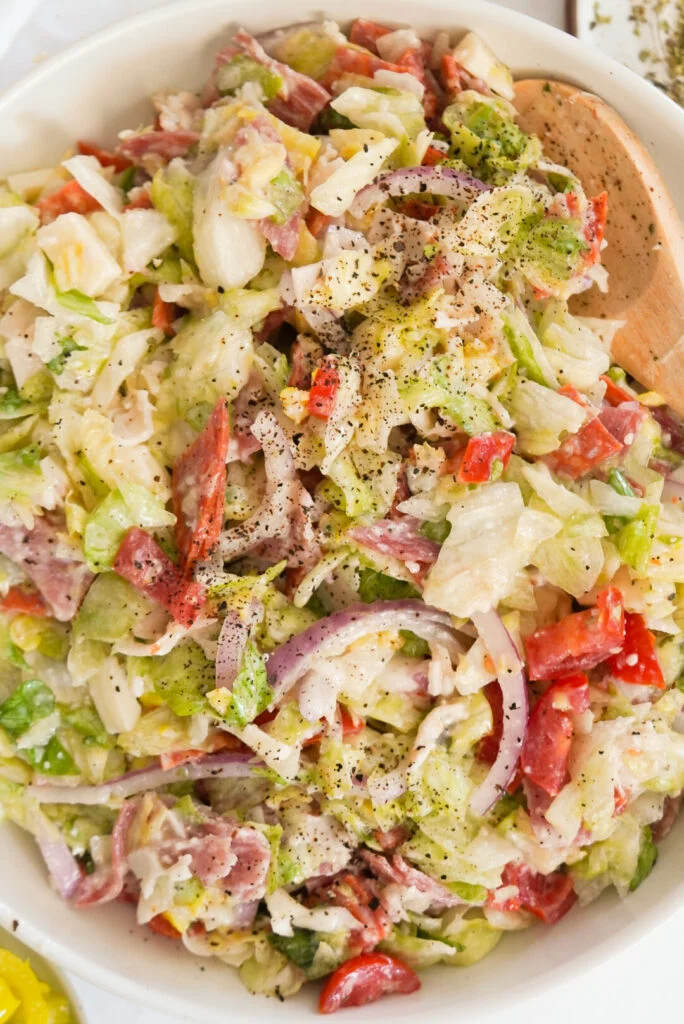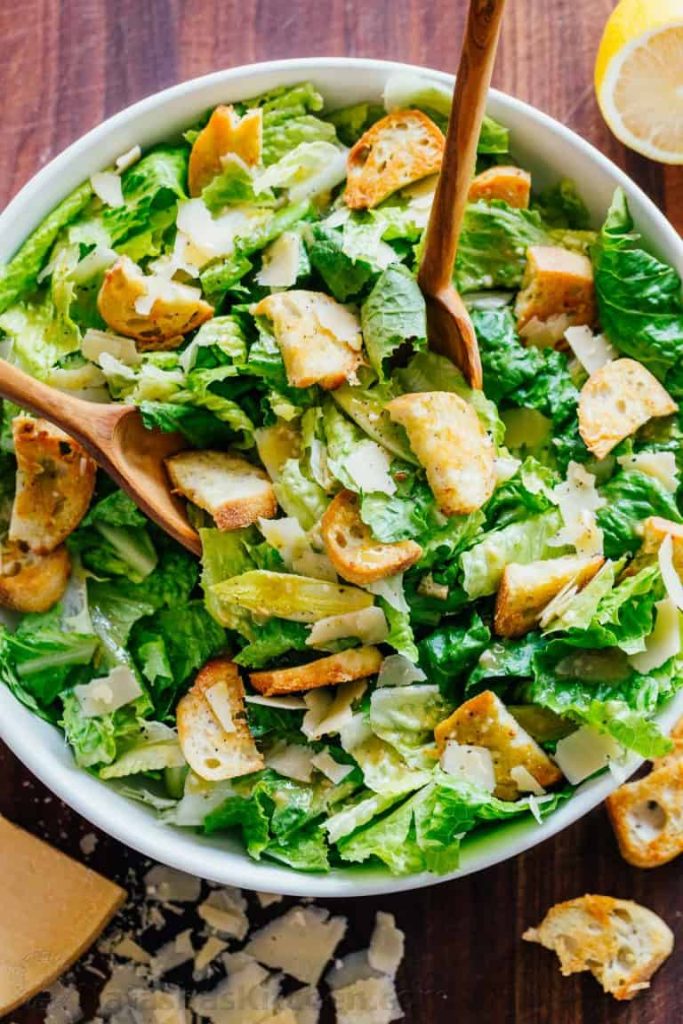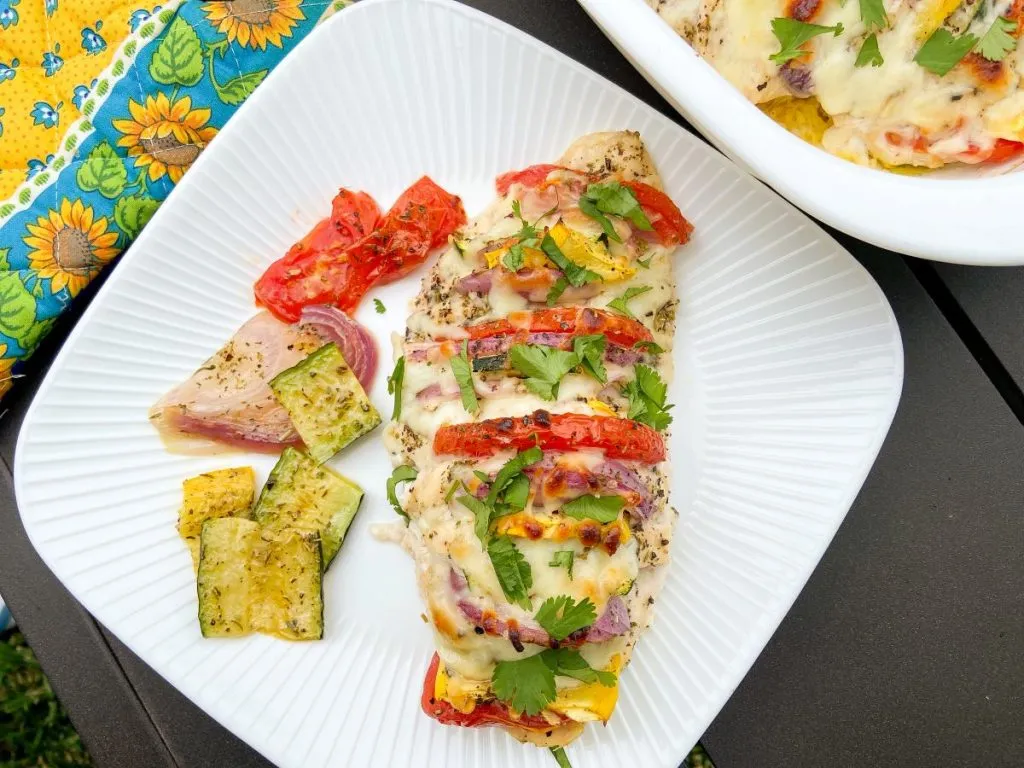Vietnamese Pickled Carrots and Daikon Recipe
This Vietnamese Pickled Carrots and Daikon Recipe is a tangy, high-fiber side dish with 3 grams of fiber per serving. It combines crisp carrots and daikon radish in a sweet-vinegar brine for a refreshing, Vietnamese-inspired flavor. I made this for a banh mi night, and it added the perfect crunch! Ready in about 15 minutes (plus chilling time), it’s ideal for sandwiches, bowls, or salads. This no-cook recipe brings vibrant, pickled goodness to your table with ease.
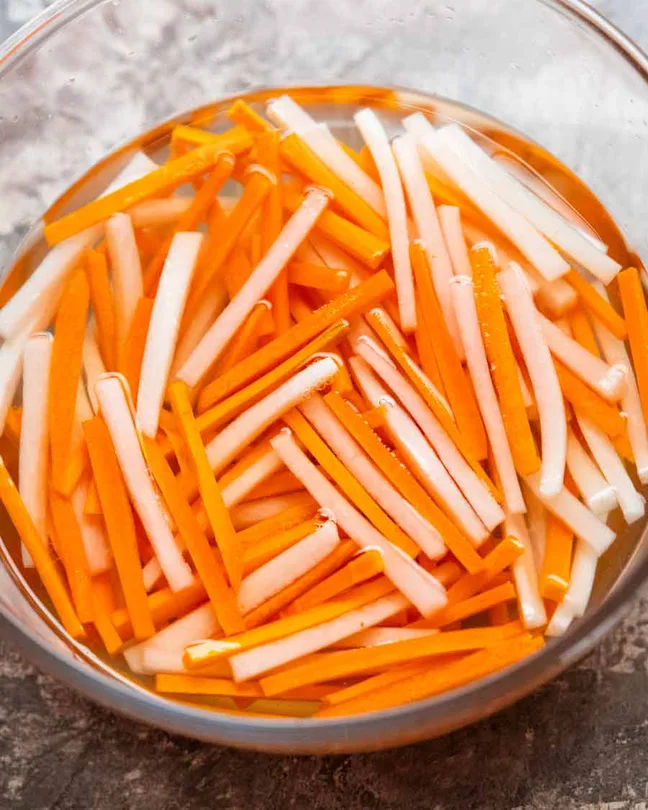
Why You’ll Love This Vietnamese Pickled Carrots and Daikon Recipe
This dish is quick to prepare with minimal ingredients and no cooking required. It offers 3 grams of fiber from carrots and daikon, making it a healthy addition to meals. The tangy, slightly sweet brine complements a variety of dishes. I love how you can adjust the sweetness or spice to your taste. It’s perfect for meal prep, picnics, or Asian-inspired dinners.
Health Benefits of Vietnamese Pickled Carrots and Daikon
Carrots provide fiber and vitamin A for eye and immune health. Daikon radish offers fiber and vitamin C for digestion and immunity. Vinegar supports gut health with its acetic acid content. The low-calorie brine adds flavor without excess calories. This dish is a nutritious, crunchy option for a balanced diet.

Ingredients for Vietnamese Pickled Carrots and Daikon
For the Pickles:
- 2 cups carrots, julienned (about 2 medium carrots)
- 2 cups daikon radish, julienned (about 1 medium daikon)
- 1 cup rice vinegar
- 1/2 cup water
- 1/4 cup granulated sugar
- 1 tsp salt
- 1 clove garlic, thinly sliced (optional)
- 1/2 tsp red pepper flakes (optional, for heat)
For Garnish (Optional):
- 1 tbsp chopped fresh cilantro
- 1 tsp sesame seeds
Substitutions: Use apple cider vinegar instead of rice vinegar for a different tang. Swap sugar with honey or agave for a natural sweetener. Replace daikon with regular radishes for a similar crunch. Use cucumber instead of carrots for a variation.
Notes: Julienne vegetables thinly for even pickling. Use a mandoline for quick, uniform cuts.

How to Make Vietnamese Pickled Carrots and Daikon
Prepare the Vegetables
Peel and julienne carrots and daikon into matchstick-sized pieces; place in a large, clean glass jar or bowl. This ensures the vegetables pickle evenly and stay crisp.
Make the Brine
In a medium bowl, whisk together rice vinegar, water, sugar, salt, garlic (if using), and red pepper flakes until sugar dissolves. This creates a tangy, sweet brine for pickling.
Combine and Soak
Pour the brine over the carrots and daikon, ensuring they’re fully submerged; cover the jar or bowl. Let the mixture sit at room temperature for 1 hour to start pickling.
Chill and Marinate
Refrigerate the pickles for at least 4 hours, or overnight, to develop full flavor. This allows the vegetables to absorb the brine for a crisp, tangy result.
Garnish and Serve
Drain excess brine and transfer pickles to a serving dish; sprinkle with cilantro and sesame seeds for a fresh touch. Serve chilled or at room temperature for the best taste.
Cooking Tips
Julienne vegetables thinly for quick pickling and better texture. This ensures even flavor absorption. I used a mandoline, and it was fast and uniform.
Dissolve sugar completely in the brine to avoid graininess. This creates a smooth pickling liquid. I whisked for 1 minute, and it was perfect.
Use a glass jar to prevent staining or odor absorption. This keeps the pickles fresh. I used a mason jar, and it worked great.
Submerge vegetables fully in brine to pickle evenly. Press them down if needed. I weighted mine with a small plate, and they pickled well.
Add garlic sparingly to avoid overpowering the flavor. One clove adds a subtle kick. I used half a clove, and it was just right.
Taste the brine before pouring to adjust sweetness or salt. This ensures the flavor suits you. I added less sugar, and it was balanced.
Refrigerate overnight for stronger flavor. A few hours works, but longer is better. I chilled mine for 12 hours, and it was amazing.
Variations and Substitutions
Swap carrots for jicama for a milder, crunchier texture. This keeps the dish refreshing. I tried jicama, and it was a great twist.
Use white vinegar instead of rice vinegar for a sharper tang. This changes the flavor slightly. I used white vinegar, and it was still tasty.
Add 1/4 cup sliced jalapeños for extra heat. This adds a spicy kick. I mixed in jalapeños, and it was a bold addition.
Replace sugar with agave syrup for a vegan sweetener. This keeps the sweetness natural. I used agave, and it blended well.
Add 1 tsp fish sauce for an authentic Vietnamese umami flavor. This deepens the taste. I tried fish sauce, and it was delicious.
Use radishes instead of daikon for a peppery bite. This maintains the crunch. I used radishes, and it worked perfectly.
Mix in 1/4 cup shredded cabbage for extra texture. This adds volume to the pickles. I added cabbage, and it was a nice touch.
Storage and Meal Prep
Store in an airtight jar in the fridge for up to 2 weeks; keep vegetables submerged in brine to maintain flavor. Shake the jar occasionally to redistribute the brine for even pickling.
Frequently Asked Questions About Vietnamese Pickled Carrots and Daikon Recipe
Here are answers to common questions about this dish.
- Why are my pickles soft?
Use fresh vegetables and julienne thinly; don’t over-pickle. I cut mine thin, and they stayed crisp. - Can I use pre-shredded carrots?
Yes, but fresh carrots are crisper. I used fresh, and the texture was better. - How do I make it less tangy?
Reduce vinegar or add more sugar to the brine. I added 1 tbsp extra sugar, and it balanced well. - Can I skip the daikon?
Yes, use all carrots or substitute radishes. I used only carrots, and it was still great. - How do I increase the fiber?
Add shredded cabbage or more carrots. I added cabbage, and it hit 4 grams. - Can I make this ahead?
Yes, prepare up to a week ahead; flavors improve over time. I made mine 2 days early, and it saved time.
Serving Suggestions
Serve as a topping for banh mi sandwiches or spring rolls for authentic flavor. Pair with grilled pork or tofu for a Vietnamese rice bowl. Enjoy with a side of pho or noodle salad for a complete meal. I served it with banh mi, and it was a perfect combo. It’s great for picnics, meal prep, or Asian-inspired dinners.
Nutrition Info for Vietnamese Pickled Carrots and Daikon
Per serving (1/2 cup, 6 servings):
- Calories: 50 kcal
- Protein: 1g
- Carbohydrates: 11g
- Fiber: 3g
- Sugars: 8g
- Fat: 0g
- Saturated Fat: 0g
Source: USDA Food Database (2025). Values are approximate.
Final Thoughts
This Vietnamese Pickled Carrots and Daikon Recipe is a tangy, high-fiber side with crisp, refreshing flavors. Its easy prep makes it perfect for any meal or topping. How do you like to use your pickles? Let us know in the comments!

Vietnamese Pickled Carrots and Daikon
Ingredients
For the Pickles:
- 2 cups carrots julienned (about 2 medium carrots)
- 2 cups daikon radish julienned (about 1 medium daikon)
- 1 cup rice vinegar
- 1/2 cup water
- 1/4 cup granulated sugar
- 1 tsp salt
- 1 clove garlic thinly sliced (optional)
- 1/2 tsp red pepper flakes optional, for heat
For Garnish (Optional):
- 1 tbsp chopped fresh cilantro
- 1 tsp sesame seeds
Instructions
- Peel and julienne carrots and daikon; place in a glass jar or bowl.
- Whisk rice vinegar, water, sugar, salt, garlic, and red pepper flakes until sugar dissolves.
- Pour brine over vegetables, ensuring they’re submerged; cover.
- Let sit at room temperature for 1 hour, then refrigerate for at least 4 hours.
- Drain excess brine; garnish with cilantro and sesame seeds.
- Serve chilled or at room temperature.
Notes
- Calories: 50 kcal
- Protein: 1g
- Carbohydrates: 11g
- Fiber: 3g
- Sugars: 8g
- Fat: 0g
- Saturated Fat: 0g Source: USDA Food Database (2025). Values are approximate.


